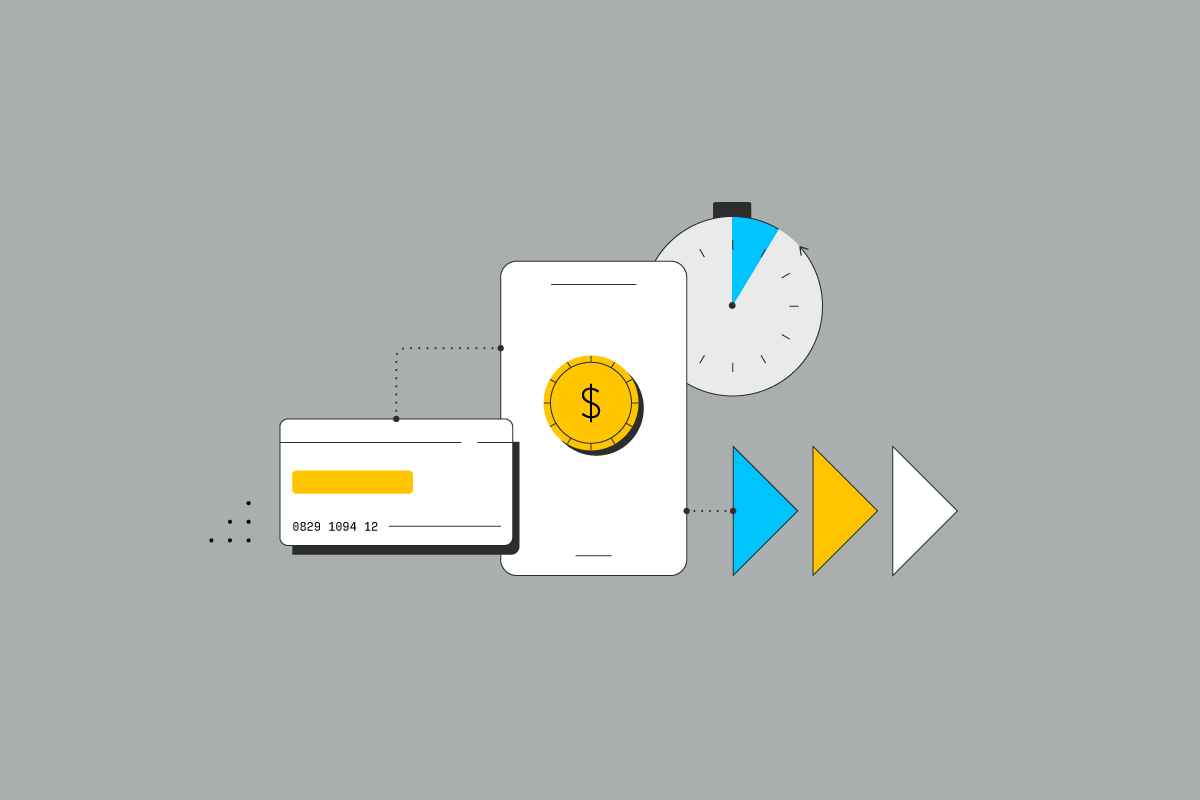Blog
What is FedNow and what does it mean for real-time payments?
March 15, 2023
Editorial Team

What is FedNow and what does it mean for real-time payments?
PayPal introduced consumers to a world of sending personal electronic payments in a far different way than using a check or credit card. Since then, other platforms like Zelle and Venmo have emerged, changing how consumers make payments online, split the bill at a restaurant, or transfer money.
Yet each of these platforms has limitations, one of which is processing time. Funds can take several days to transfer and “settle” in the recipient’s bank account. And in the days of instant communication, one-click ordering, and other forms of instant service, a few days can seem like a relic from a bygone era.
With the introduction of FedNow, a new instant payments system from the Federal Reserve, the world of instant payments is poised to change.
What is the FedNow Service?
In 2019, the Federal Reserve announced its plans for the FedNow Service, an interbank transfer system that would settle real-time transactions for both the sender and receiver in real time. FedNow is expected to operate 24/7/365 for both businesses and individuals.
This will be the first new payments system for financial institutions in the United States since the Automated Clearing House (ACH) was introduced in the 1970s. While ACH brought “faster” payments, transfers can still take one to three business days to complete and are mainly used by businesses for payroll deposits or the debit of recurring payments — not to initiate payments on demand.
Even Same Day ACH, which was introduced in 2016 and allowed transactions to post and settle on the same day, isn’t the same as an immediate transfer. FedNow won’t replace ACH or Same Day ACH but is instead intended to be a complementary service.
One limitation of FedNow is that it will be push only, which means each transaction will need to be explicitly authorized. For subscription merchants, they will need to partner with a vendor like Link Money to effectively “pull” these payments using real-time decisioning. That way, a consumer won’t need to authorize their Netflix fee each month.
FedNow availability and cost
Any deposit institution eligible to hold accounts at Reserve Banks will be able to offer the FedNow service to their customers, including both banks and credit unions. The Federal Reserve has also been engaging with core processing platforms and payment providers that may need to act as a “gateway” for their institutions to use FedNow.
The Fed will be using the widely accepted ISO 20022 data messaging standard for requests between banks, such as transfers, payments, and account reporting. Using this standard can also help institutions mitigate fraud.
The Fed has said that anticipated fees include a $25 monthly participation fee for each routing number that receives transfers, a $0.045 per credit transfer fees (paid by the sender), and a $0.01 fee for a request for payment message (paid by the requestor).
Institutions will have a default credit transfer limit of $100,000 but they can lower or raise their limit to $500,000. Same-day ACH transfers, by comparison, have a limit of $1,000,000. The Fed has said that it will continue to evaluate the credit transfer limits of FedNow.
Financial institutions prepare for FedNow rollout
The announcement of FedNow was met with an overwhelmingly positive reception from the banking community, particularly smaller financial institutions. Brad M. Bolton, chairman of the Independent Bankers’ Association of America, said, “FedNow will be a great equalizer for the industry, bringing real-time payment clearing and settlement to community banks across the country.”
But availability and implementation are two different things. FedNow can only occur between participating institutions, in a similar way that Zelle is limited by institutions that offer its service.
FedNow is the payment rails system that will enable instant payments, but financial institutions still have to figure out how to make it available to their customers. This might be through their core processor or a third-party app.
More than 120 institutions have been participating in a pilot program as FedNow prepares for full launch in mid-2023. Yet it might still be some time before FedNow reaches the general population and makes instant payments available for most consumers. Institutions will then need to provide education to their customers about FedNow and how it works.
Consumers expect faster payments
While FedNow may be an unknown to most consumers at this point, it’s clear that there are rising expectations for payment solutions.
Many consumers want to make payments using their bank accounts instead of credit cards. Merchants, in particular, are often limited in how they can collect payments directly from a customer’s account without using a provider like PayPal, which has some drawbacks.
Ultimately, the more options consumers have, the better. They’ll always opt for what makes them comfortable and aligns with their preferences for financial management, whether it be making a bank payment or using a credit card. Merchants and financial institutions alike have to provide options that are fast, convenient, and on consumers’ terms.
Link Money provides fast and low-cost payments powered by open banking. Learn how you can enable customers to pay securely from their bank accounts here.